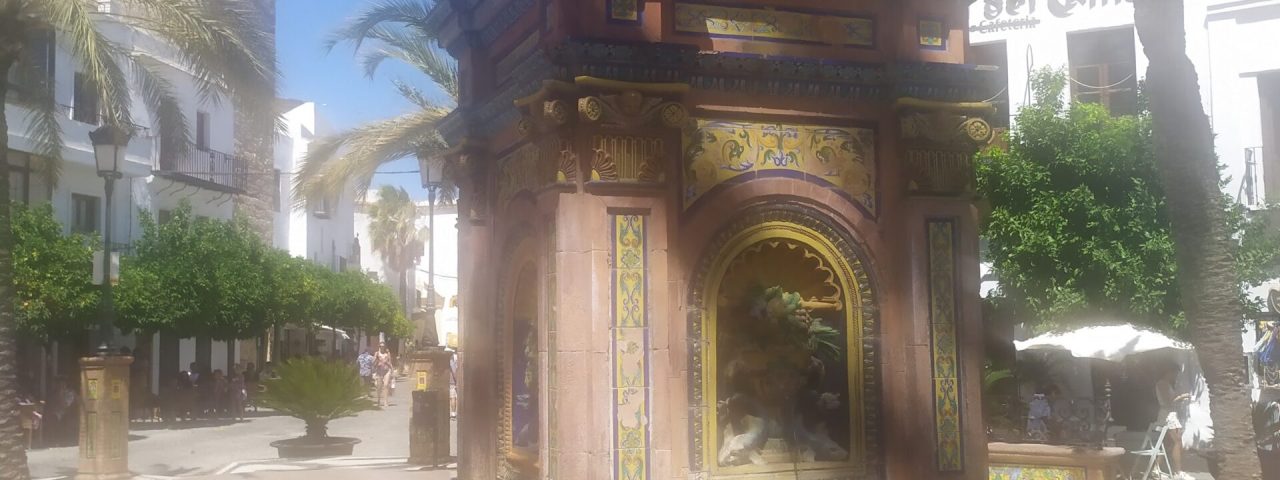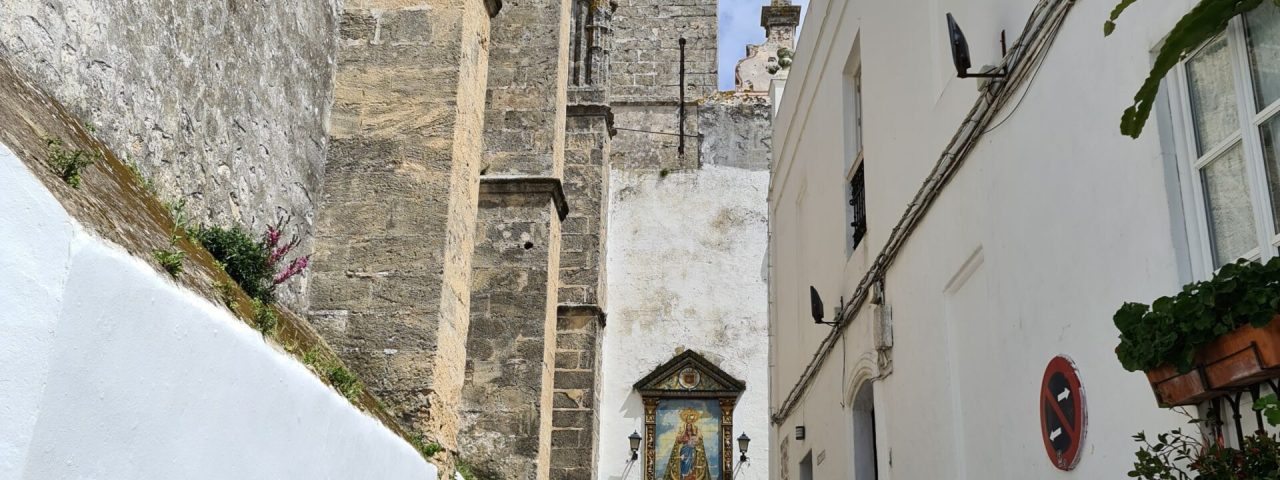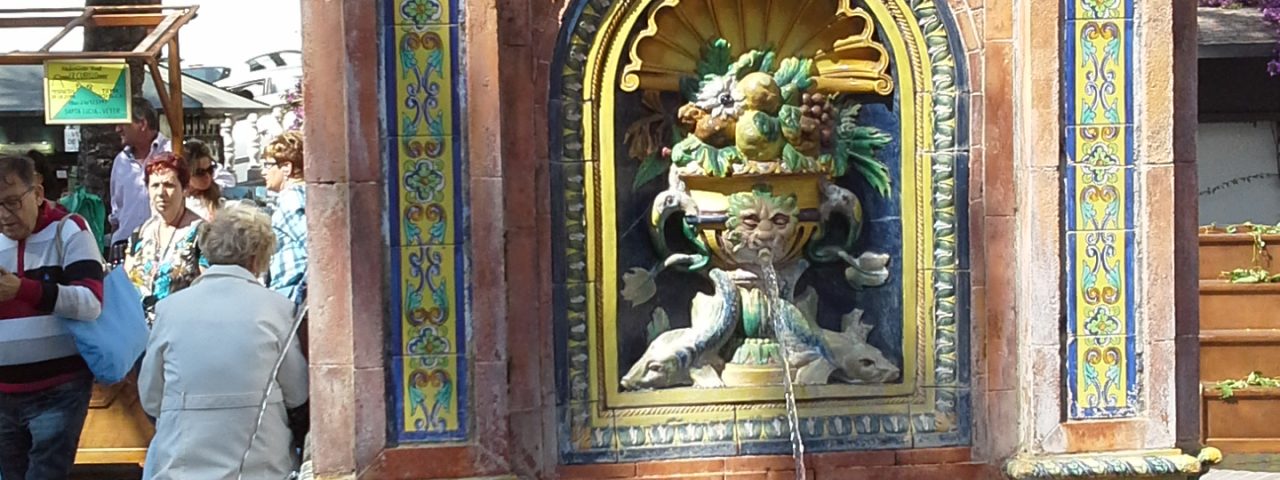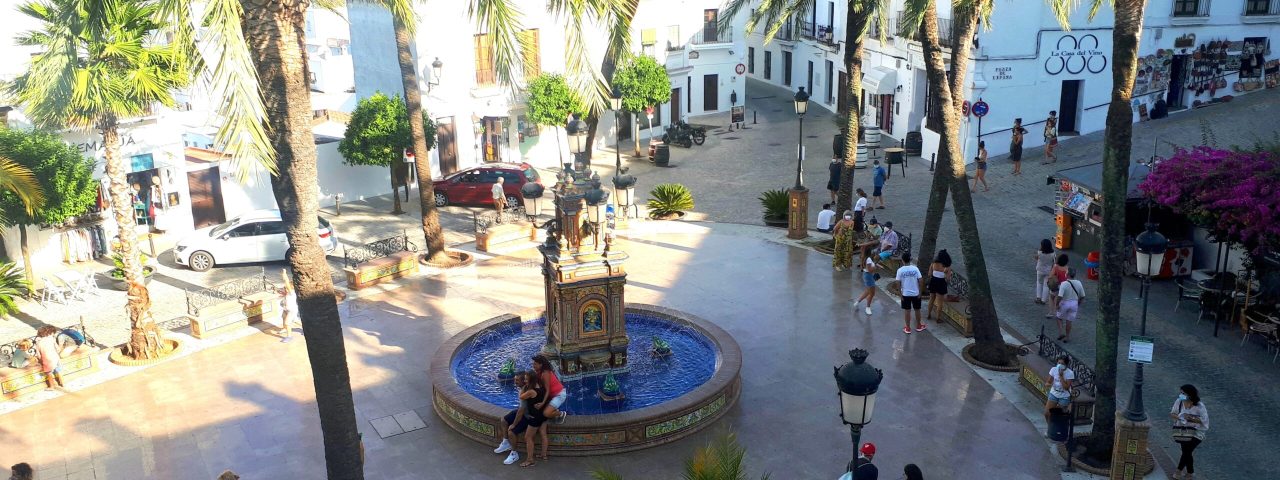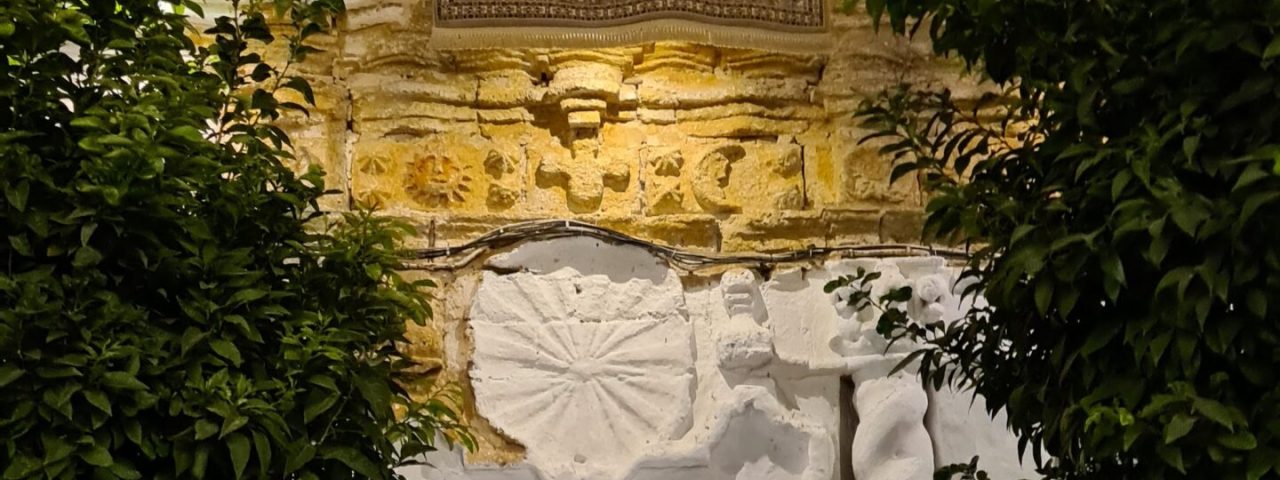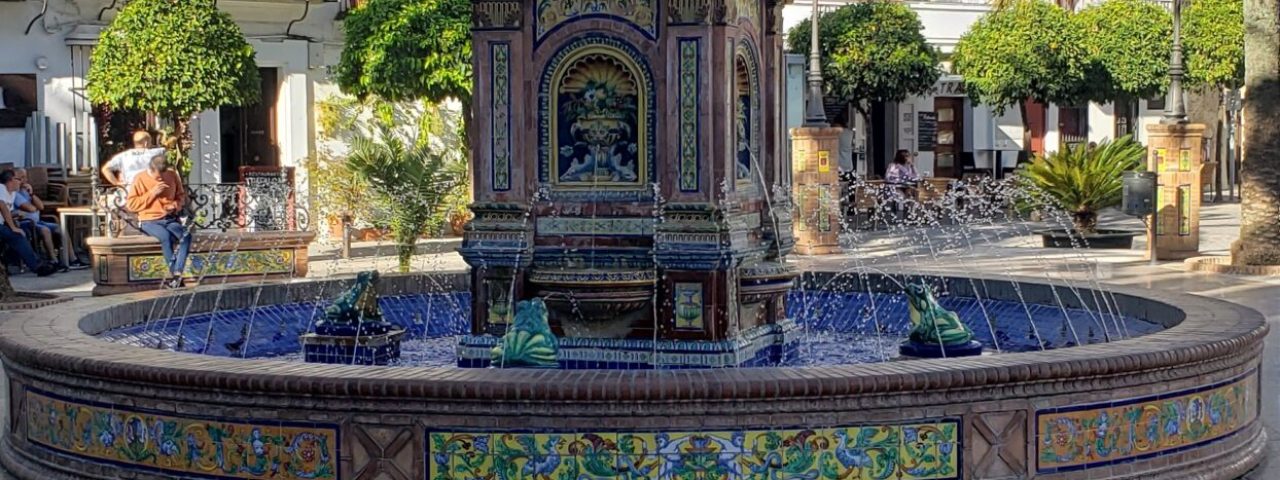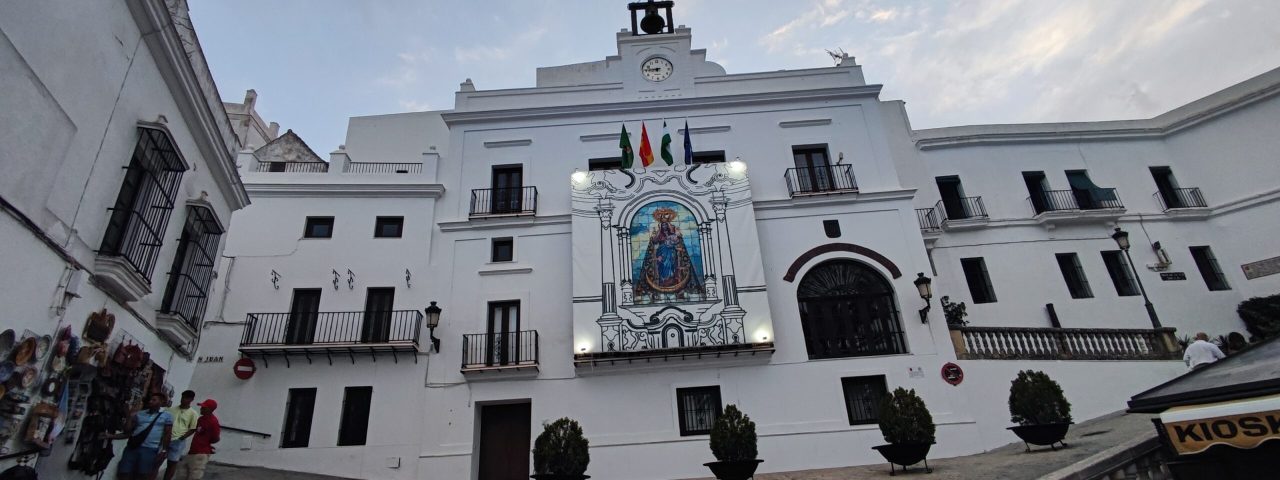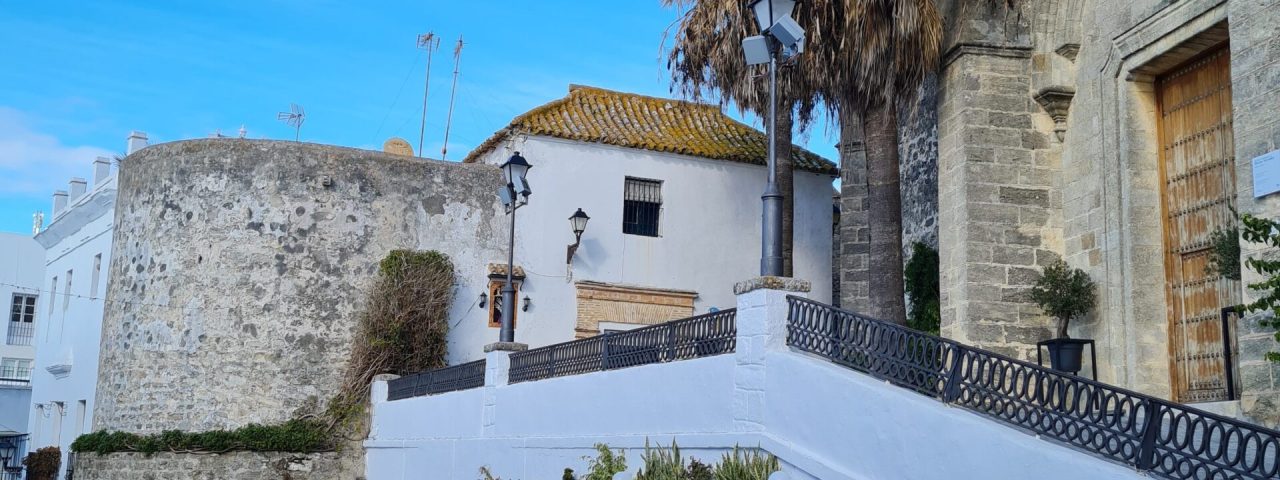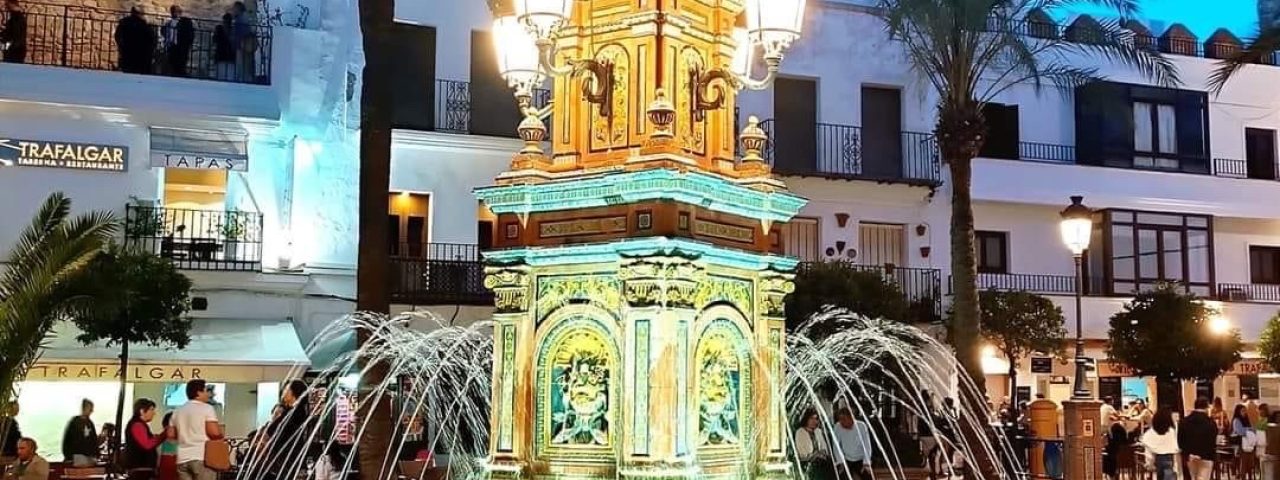Vejer de la Frontera has a rich history that dates back thousands of years, with evidence of Phoenician, Roman, and Moorish influences. During the Roman era, it was an important settlement, but it was under the Moors that Vejer truly flourished, reflected in its narrow, winding streets and whitewashed buildings. The town was later reclaimed by Christian forces in the 13th century, becoming a key part of the Christian kingdom’s defense system, as evidenced by its fortified walls and castle.
The town’s cultural life is deeply rooted in Andalusian traditions, with flamenco music and dance playing an important role in local festivities. One of the most famous festivals is the Romería de Nuestra Señora de la Oliva, a pilgrimage in honor of the town’s patron saint, celebrated with great fervor. The town also hosts traditional fairs, such as the Feria de Primavera, and historical reenactments that recall its Moorish and Christian heritage. Local customs, such as the “Toro Embolao,” where bulls are led through the streets, reflect the town’s vibrant spirit and connection to Andalusian culture.

